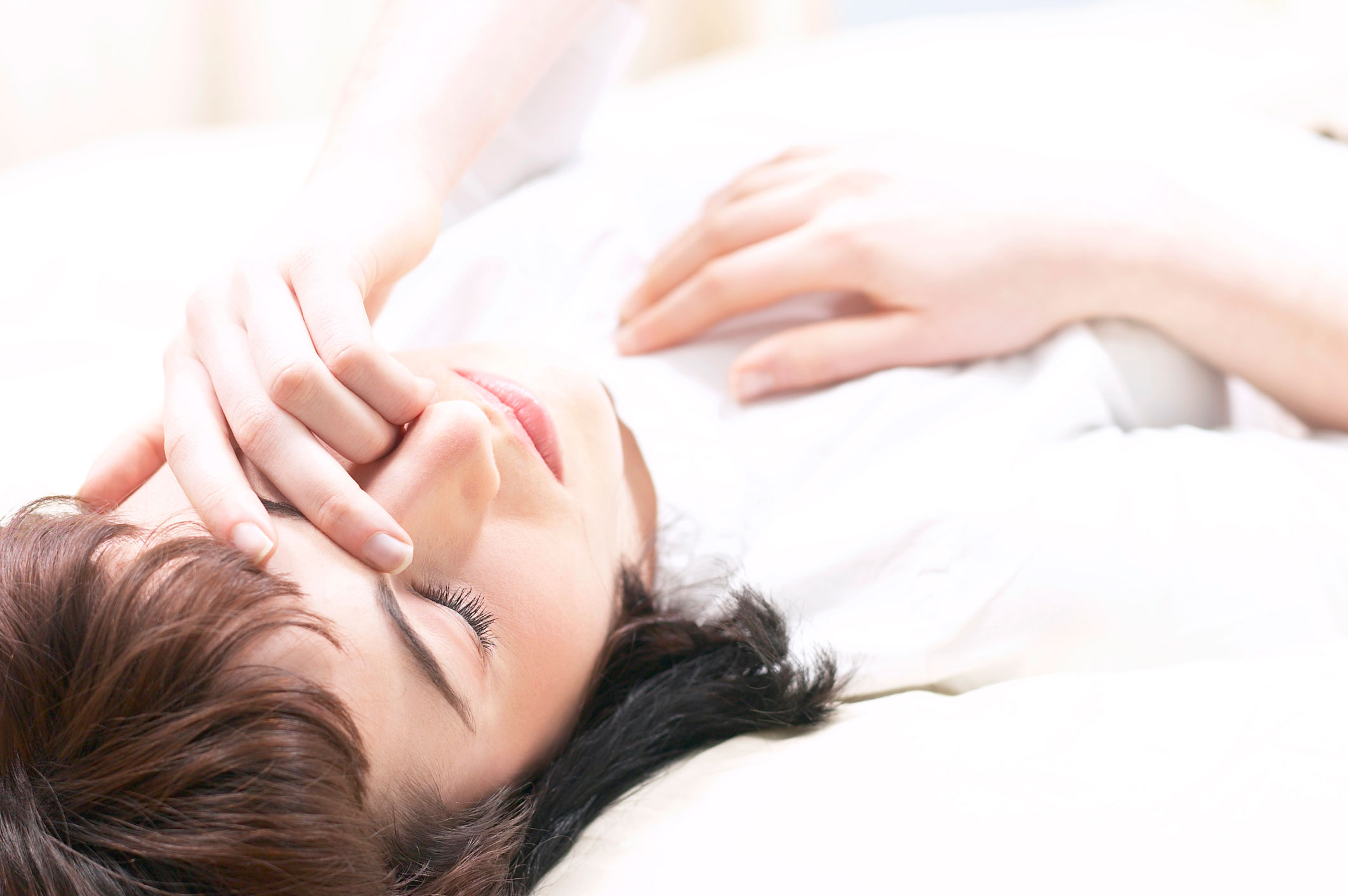Sleep Apnea and COPD: What You Should Know
Posted on July 15, 2015 |
This blog post was written by Xavier Soler, MD, PhD
Chronic obstructive pulmonary disease (COPD) is very common leading to frequent physician visits and hospitalizations and become the 3rd leading cause of death in the U.S. COPD is the only major disease among the top 10 that continues to increase. Because of the long pre-clinical period, signs and symptoms of COPD develop predominantly in older adults.
Sleep-related disorders are most prevalent in adults and are associated with increased mortality and morbidity from obesity, cardiovascular diseases, diabetes, and depression, resulting in reduced quality of life (QOL) and increased health care costs. Patients with severe COPD commonly exhibit abnormal sleep like insomnia contributing to chronic fatigue, daytime sleepiness. Additionally, medications used to treat COPD, such albuterol or prednisone may affect sleep quality. A nocturnal reduction of nocturnal oxygen levels commonly seen in patients with COPD can have profound effects and contribute to long-term sequelae, producing arrhythmias, myocardial stress, and, possibly, lower survival.
Sleep apnea (OSA) is a chronic medical condition where the affected person repeatedly stops or nearly stops breathing during sleep. These episodes last 10 seconds or more and cause oxygen levels in the blood to drop leading to important health consequences. Usually it is caused by obstruction of the upper airway, resulting in obstructive sleep apnea. However, it may be caused also by a failure of the brain to initiate a breath, called central sleep apnea. OSA is very common, especially in older adults, occurring in up to 70% of men and 56% of women. Patients with untreated OSA have more automobile accidents and suffer from more family and social discord. Other important risk factors associated with OSA include smoking and alcohol. The symptoms of obstructive sleep apnea include loud snoring and/or abnormal pattern of snoring with pauses and gasps. Other symptoms include excessive daytime sleepiness, memory changes, depression, erectile dysfunction and irritability. OSA occurs in about 10 to 15% of patients with COPD, a condition referred to as the “overlap syndrome”. Although the prevalence of OSA is similar in patients with COPD as in the general population, individuals with both conditions without CPAP treatment have an increased risk of death and more hospitalizations from acute exacerbations.
 Effective available treatments for OSA include continuous nasal airway pressure devices (e.g., CPAP); a mask is worn over the nose during sleep while compressed air is gently forced through the nose to keep the airway open. Different patients need different mask sizes and different pressure levels for optimal treatment results.
Effective available treatments for OSA include continuous nasal airway pressure devices (e.g., CPAP); a mask is worn over the nose during sleep while compressed air is gently forced through the nose to keep the airway open. Different patients need different mask sizes and different pressure levels for optimal treatment results.
Oxygen therapy is used for low nocturnal oxygen levels and, medications such as non-benzodiazepines and behavioral therapy are current treatments for insomnia. Another type of treatment for obstructive sleep apnea is surgery to correct obstructions in the airways. The most common surgery is called UPPP, for uvulopalatopharngyoplasty. This surgery removes tissue from the rear of the mouth and top of the throat. The tissues removed include parts of the uvula (the flap of tissue that hangs down at the back of the mouth), the soft palate, and the pharynx. Tonsils and adenoids are usually removed in this operation. Surgical interventions are sometimes considered but are rarely successful. Another approach to treating OSA involves the use of oral appliances intended to improve breathing either by holding the tongue in place or by pushing the lower jaw forward during sleep to increase the air volume in the upper airway. In treating insomnia in COPD, benzodiazepines such diazepam should be avoided. However, newer compounds, such as zolpidem, may be safer in less severe COPD. Melatonin agonists can also be used. Cognitive behavior therapy is still considered the primary first-line treatment for insomnia, but has not yet been studied in COPD.
Exercise has been demonstrated to improve sleep in epidemiological studies. In a prospective study of 86 patients with chronic lung diseases referred to the UCSD pulmonary rehabilitation program (PR), we demonstrated a significant improvement in sleep quality after pulmonary rehabilitation measured with the Pittsburgh Sleep Quality Index (PSQI), a well-validated measure of overall sleep quality. Further studies to better characterize sleep-related disorders among COPD are under way.
In conclusion, sleep is poor in COPD patients and sleep disorders such OSA have profound effects on this population. Prediction of the patients diagnosed of COPD who are at risk for sleep difficult but crucial because their clinical implications. Therefore, increase public awareness about this serious condition is of paramount importance. Clinicians should include sleep evaluation in patients diagnosed of COPD asking about daytime sleepiness, snoring, pauses while sleeping and insomnia symptoms, referring to the specialist when necessary to address treatment options of comorbid sleep disturbances, which may provide significant long-term benefit for such patients.
For more information about Sleep Apnea and COPD please visit information about the O2verlap Research Study completed in 2020.